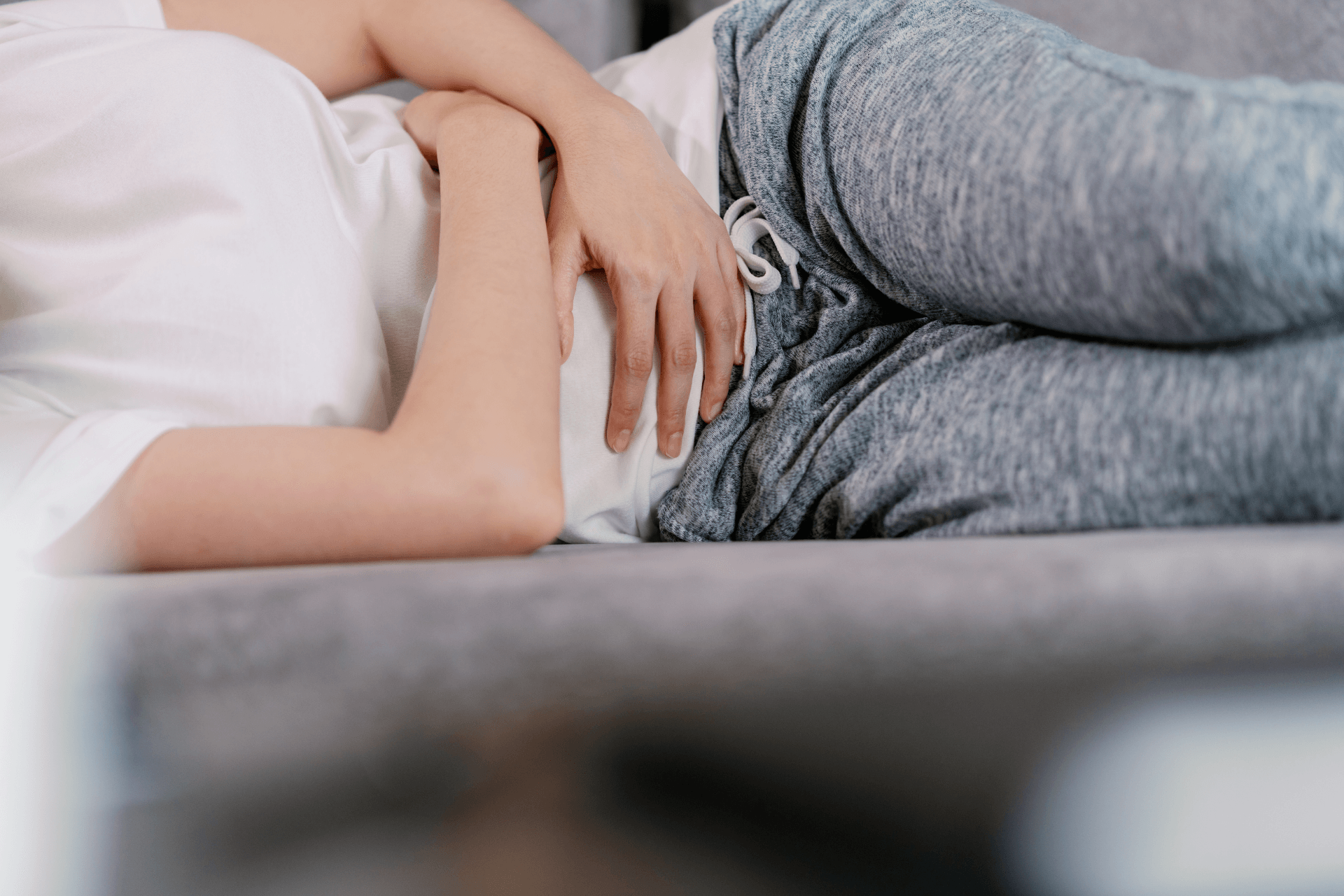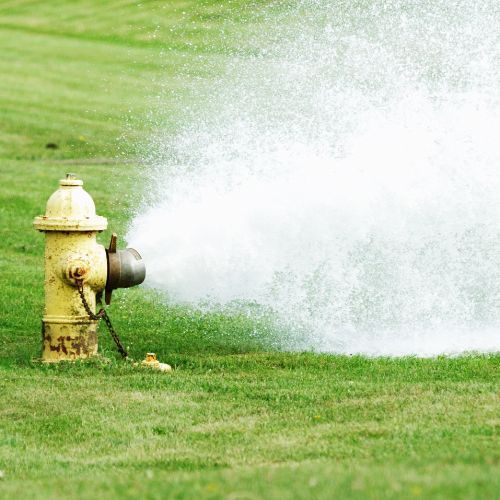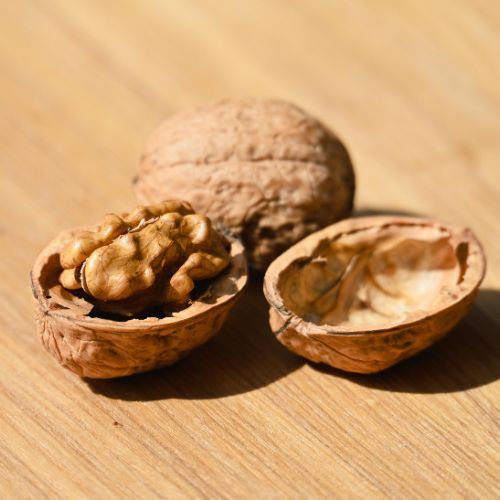Pelvic Girdle Pain

Are you experiencing pain or discomfort in your pelvis, particularly when getting in and out of the car, pushing a shopping trolley or even vacuuming?
You may have Pelvic Girdle Pain.
What is Pelvic Girdle Pain?
This is pain in the joints of the pelvis during pregnancy and the postnatal period. It is related to the higher level of circulating hormones – particularly estrogen and relaxin. These rise during pregnancy, having 2 peaks – around 14 weeks and again at about 36 weeks. Both hormones drop dramatically by about the end of the 2nd day following birth.
How does it happen?
The circulating hormones increase the flexibility of all the soft tissue close to the birth outlet – vagina and perineum. This means the muscles, connective tissues and the ligaments of the pelvis, low back and hips. There is much less flexibility when we are not pregnant. After pregnancy, the hormones lower quickly, but the mechanical effect remains for a while longer.
What do I feel if I have Pelvic Girdle Pain?
Women expect some discomfort during pregnancy and put up with this until they can’t! They may limp or find they can’t put weight equally on both legs. Usually, the pain increases with climbing and descending stairs and getting into and out of cars, and particularly when rolling in bed and getting out of bed.
There is often a spot of sharp pain surrounded by an area of aching. It can be related to the habits of how you stand – which means it might affect one joint more than others. The sharp pain is associated with the laxity. The ache is often associated with the overworked and fatigued muscles that surround the joint.
What can I do at home?
Avoid the heavy housework – this means vacuuming and mopping and lifting loads of laundry. These activities tend to take some time – it is difficult to maintain muscle support required for the duration. So, spot clean the floors and reduce the weight of the laundry loads.
Get into and out of the car and the bed “like a lady”. Keep your legs together. Put your bottom into the car seat first and then lift your legs in. Roll onto your side in bed and then use your hands to push yourself up into sitting.
Going up and down the stairs – Squeeze your lower buttocks with each foot fall on the steps – We call this credit card butt!
Ask for help – arrange online shopping – to avoid carrying heavy loads. Ask family members to carry loads in from the car. Ask them to make the bed for you.
Some women find ice or heat over the aching area of comfort.
Change it up – don’t do one thing for too long – don’t sit or stand in the one position for longer than 20-30 minutes at a time. The same applies with exercise, listen to your body. Rest every 20-30minutes if you are going for a long walk.
What can my Pelvic Health Physiotherapist do for me?
The physiotherapist will assess your pelvis and spine to determine which joints, ligaments and muscles are affected.
We can advise you further on other self-help strategies.
You will learn exercises to strengthen the supporting muscles and stretches when needed.
We provide supportive pelvic girdle belts and taping to reduce movement and pain across the affected joints.
Pelvic Health Melbourne are experts in pregnancy related pelvic girdle pain – pain over the sacrum, sides of the pelvis, tailbone and pubic bone. We are the leading educators in Australia of this issue during and following pregnancy.
We promise to see you through your pregnancy and beyond and will help you to enjoy this time.
Thank you to our fabulous expert physio Annette Beauchamp for this detailed piece.
More from the blog







